Students of BA Fashion Communication at Central Saint Martins have a proven track record of becoming tomorrow’s notable fashion stylists, photographers, filmmakers, journalists, editors, art directors, content creators, casting agents, PRs, historians, curators, activists, archivists, and other roles associated with shaping fashion’s ongoing journey.
Divided into three specific ‘pathways’ —BA Fashion Journalism, BA Fashion Communication and Promotion, and BA Fashion History and Theory — a hardcore final major project is initiated by all students each year during the months leading up to their graduation. With a commitment to research and innovation, the eclectic fruits of their toils might range from a photographic series or films, to print and digital magazines, academic theses, podcasts, installations and more. This year is no exception in terms of the mix of chosen mediums, but subject-wise there’s often a noticeable urgency around wider social and political issues.
We caught up with eight of the final year Fashion Communication students to discuss this new work and their plans for the future.
SUBSCRIBE TO I-D NEWSFLASH. A WEEKLY NEWSLETTER DELIVERED TO YOUR INBOX ON FRIDAYS.
Aswan Magumbe
What’s the name of your project?
BLIQ magazine.
What was the initial concept?
BLIQ was initially going to be a print magazine, but that would have limited the reach. It’s now a multifaceted digital magazine and platform celebrating Black British youth and its culture in the UK.
Tell us more…
One of BLIQ’s headline stories examines the late designer Joe Casely-Hayford’s legacy: I had the honour of speaking with his wife Maria, and the designer and fashion tutor Andrew Ibi, who is curating an exhibition that highlights Joe’s work later this year. There is an investigative feature, “The State War on Drill”, exploring how the music genre is being policed. And an interview with Elle UK‘s Fashion News Editor, Eni Subair, which was really wonderful! There’s also a podcast, which is perhaps what I’m most excited about; my friend Ifeoluwa Rotimi and I attempt to answer why we see very few Black WAGs.
What’s next for you?
The last four years have cemented that I want to be a journalist and writer for as long as possible. Maybe in a few years I’ll write a novel under an alias.
Pia Brynteson
What’s the name of your documentary?
The Creative Space.
What was the initial concept?
I was interested in how the creative industries recovered after the catastrophic explosion in the Port of Beirut in 2020. I discovered the school Creative Space Beirut, a social enterprise offering free fashion education to their students. I spoke to the founder, Sarah Hermez, and immediately knew I wanted to make a film about them.
Tell us more…
The film celebrates the strong community of the school, capturing challenges and triumphs of the young creatives navigating their education and careers in the fashion industry. I stayed in Lebanon for a month to shoot it, alongside my co-director and DOP, Ramzi Hibri. I had to get back home after we had finished, so all the editing and post-production was done virtually as my editor, Malek Hosni, was also based in Beirut. It has been an incredible experience. I met and worked with the most amazing people and am so excited for people to watch it.
What’s next for you?
Preparing for the release of this film, continuing my work at Dua Lipa’s editorial platform Service95 and hopefully thinking of another idea for a film!
Oré Ajala
What was the name of your documentary?
To and ‘Fro.
What was the initial concept?
I wanted to document the day-to-day experiences of barber shops across London. Capturing the various native tongues and the personal anecdotes they reveal, as well as the essence of the men and boys who visit and the hairstyles they choose to adorn themselves with and why.
Tell us more…
Black men cutting their hair by the hands of another man has long been one of the few accepted forms of black male intimacy in a world that still enforces toxic masculinity. Though barber shops act as safe spaces for men to shed themselves of societal expectations, is it the same for queer men and non-binary persons? This film explores the unspoken complexities of their afro hair journeys, the inviolable places where these people can turn to experience care and ultimately feel at their best.
What’s next for you?
Go back and complete all the unfinished projects I shelved and start anew, or even let go if need be.
Joe Bromley
What is the name of your project?
It’s a series of 4 short films entitled The Moment.
What was the initial concept?
I have become more and more aware of a rising stigma against the LGBTQIA+ community, and specifically the trans community. I wanted to counter this. To do so, I worked with Jeanie Crystal, an actor, singer, director and choreographer and Peggy-Sue Cranney, a filmmaker and visual artist. The Moment aims to capture the beauty and light of queer people, and to hear about their life today.
What’s next for you?
I have also been working at the Evening Standard and ES Magazine for a couple of years, and look forward to more time at the company in the future.
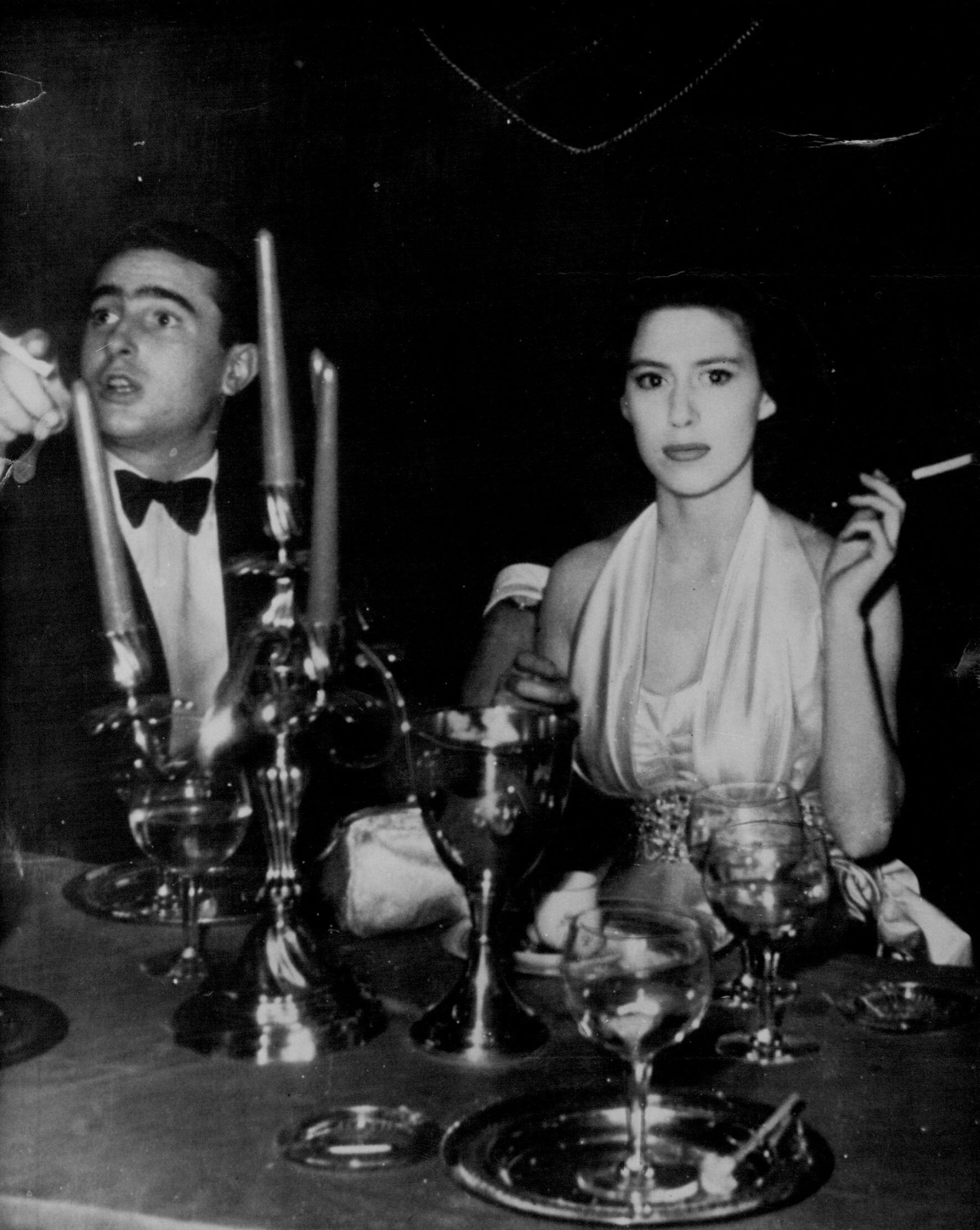
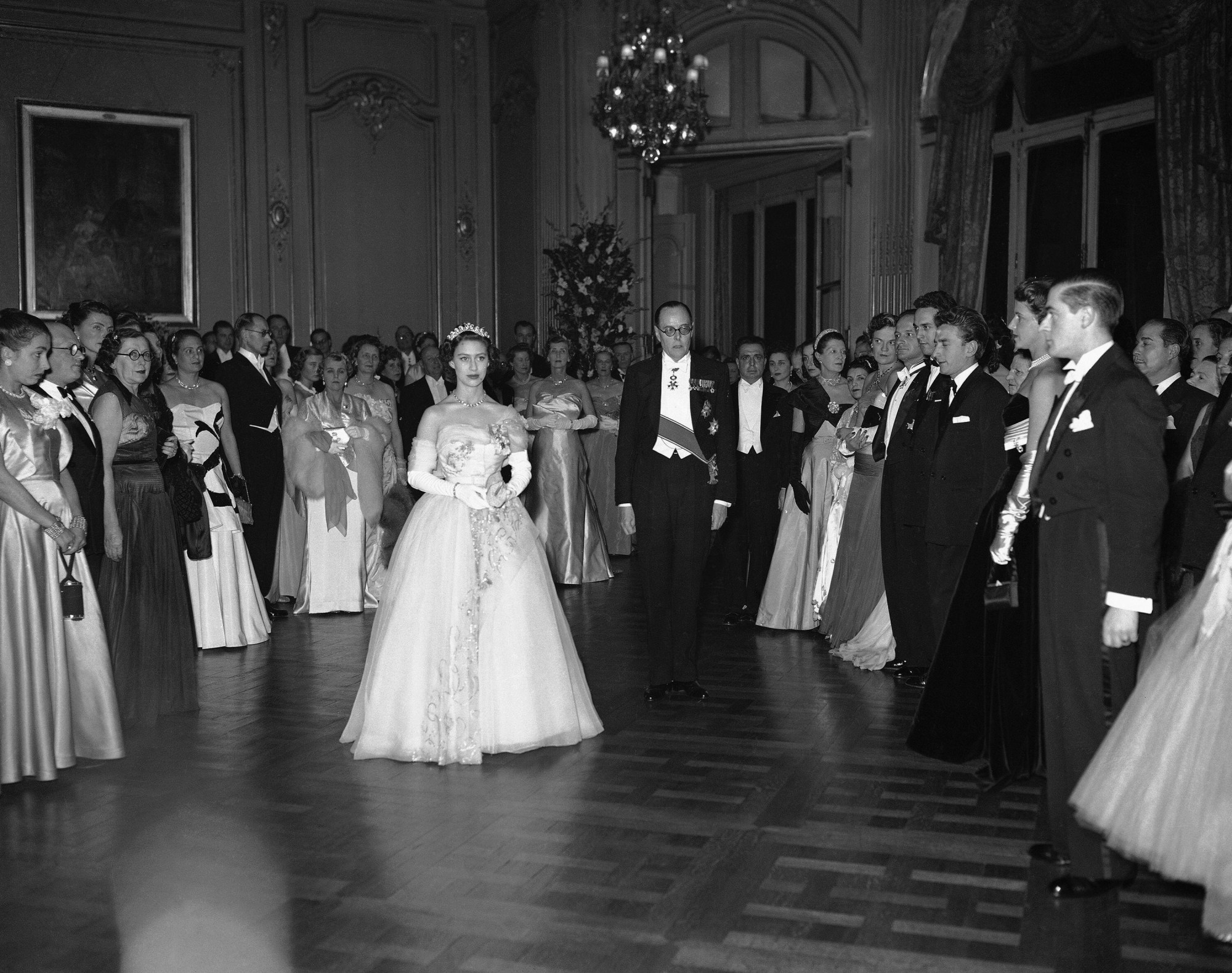
Chloe McKay
What is the name of your thesis?
“Fashioning Princess Margaret: An Analysis of the Princess Archetype in the image production of the British Monarchy (1948-1958)”.
What was the initial concept?
The narrative of Princess Margaret as the ‘rebel royal’ is perpetuated in period reportage and contemporary biographies, revealing an intriguing contrast between her subversive persona and fairytale-like, hyper-feminine fashioning. My research assesses how subjectivity affects perceptions of the fashioned royal body.
Tell us more…
This research focuses on the production of the royal body as a performative identity through the fashioning of Princess Margaret as the archetypal princess. It explores her use of a fashioned performative persona to mask her subversion and portray the ideals of the royal existence. This research provides a unique, theoretical approach to the study of royal dress through an insight into the performative practice adopted by female royal figures through fashion. Thanks to the Royal Ceremonial Dress Collection’s curators I was able to analyse an insightful selection of garments and records pertaining to Princess Margaret.
What’s next for you?
I am currently applying my fashion history knowledge to my work as an auction house cataloguer and plan to further my research on an MA course in the future.
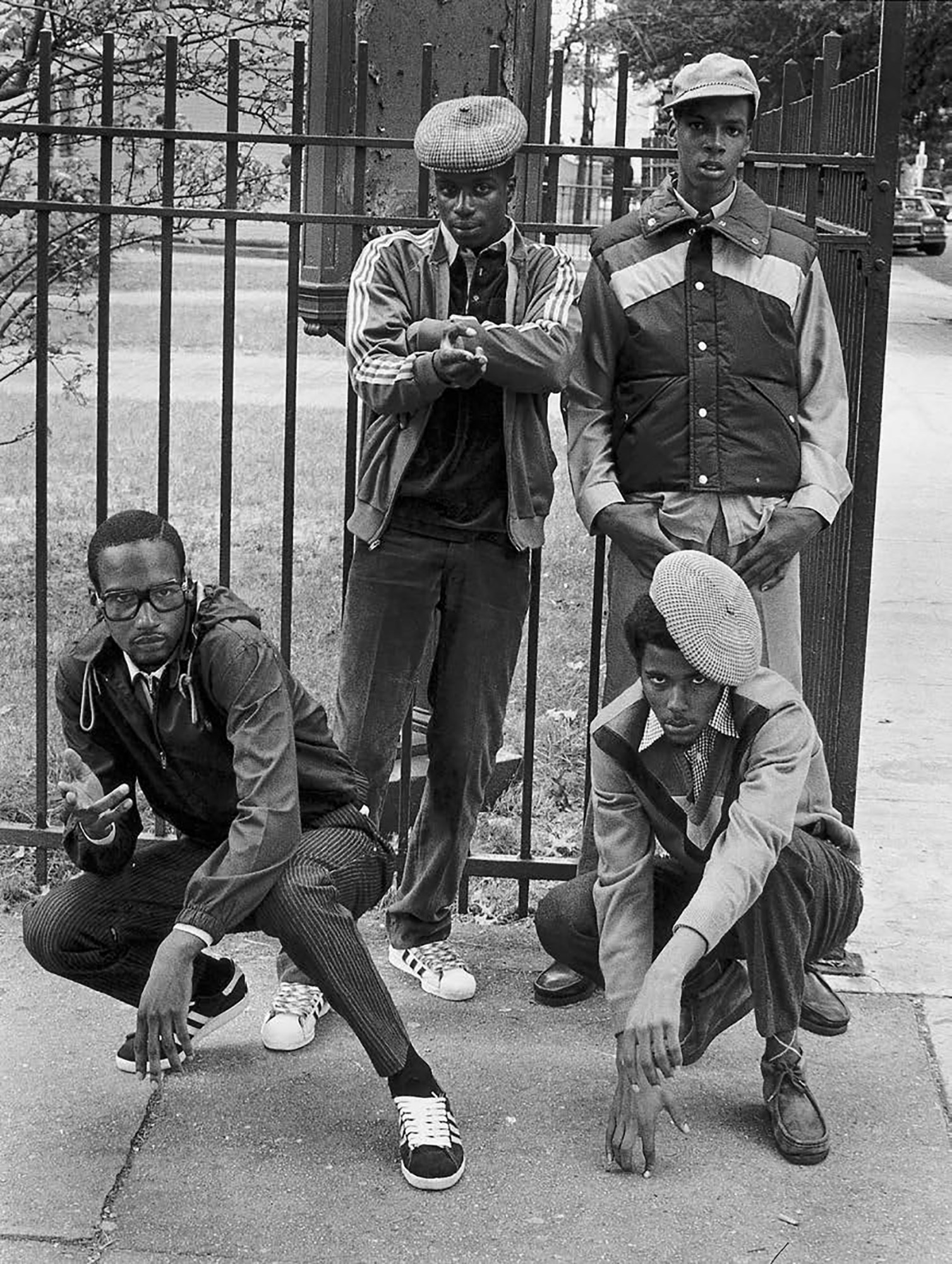

Georgina Cosgrove
What is the name of your thesis?
“Fashion, Style and Identity in 1980s New York: Examining Street Photography Collections by Amy Arbus and Jamel Shabazz”.
What was the initial concept?
I immersed myself in various photography books at the CSM library, gathering a selection of images and photographers. I identified common themes and aesthetics, developing a focus on fashion, style and identity in New York City in the 1980s.
Tell us more…
The thesis analyses the photography books On The Street (2006) by Amy Arbus and Back in the Days (2001) by Jamel Shabazz. I argue that Amy’s work depicts the postmodern fashion-conscious individual who uses dress to communicate their identities and style narratives, subverting fashion’s hierarchies. I explore how Jamel’s work highlights the significance of fashion to hip-hop culture and how individuals navigate social status, identity, race and class through their pose, walk, talk and dress. I aim to interrogate photography and its genres, using photographs as documents and investigating the relationship between images, their producers and their subjects and how these images can simultaneously be read as dimensions of fashion and documentary photography.
What’s next for you?
I am aspiring towards a career within the contemporary, fine art and photography industry, in a role within a commercial gallery here in London.


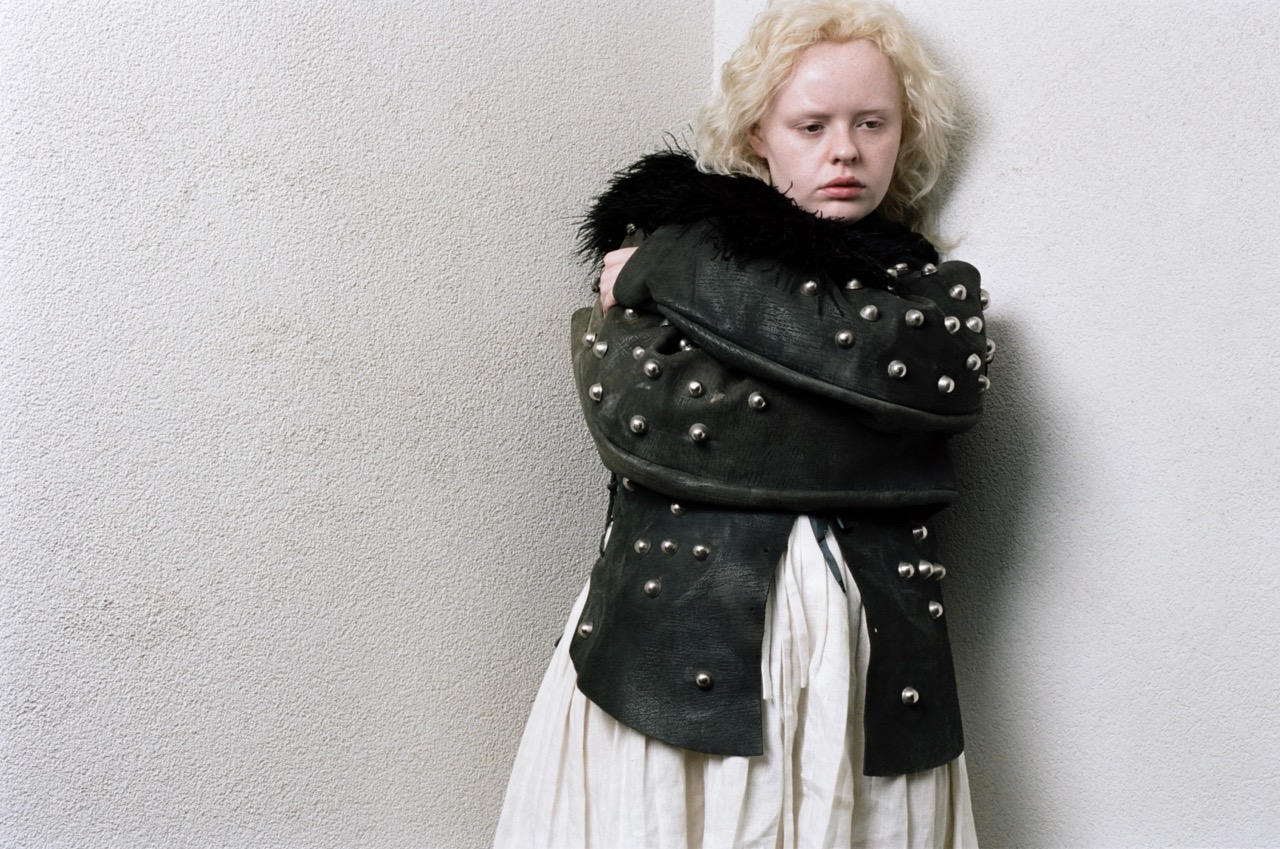
Alisa Dyundik
What is the name of your photography series?
End of the World.
What was the initial concept?
Real-life events and personal surroundings have been the primary point of influence for my research process and this project, reflecting on the fragility of the emotion and vulnerability of the human condition when one is affected by the severe trauma of war.
Tell us more…
End of the World is an ongoing project I have been working on since February 24th, 2022, when Russia invaded Ukraine. It centres on personal engagement with real lived experiences I’ve obtained in the last year, by creating fictional narratives and staging the photograph. Such an approach feels very therapeutic to me and sets an alternative method to cope with the consequences of the ongoing conflict. It’s definitely the most vulnerable project I’ve ever worked on; recently I’ve started seeing vulnerability as a virtue and a quality I can explore and use in my practice.
What’s next for you?
I’m planning to continue working in the direction of fashion photography. Maybe start assisting someone I look up to in the industry, to get more experience, and continue working as a freelance photographer.
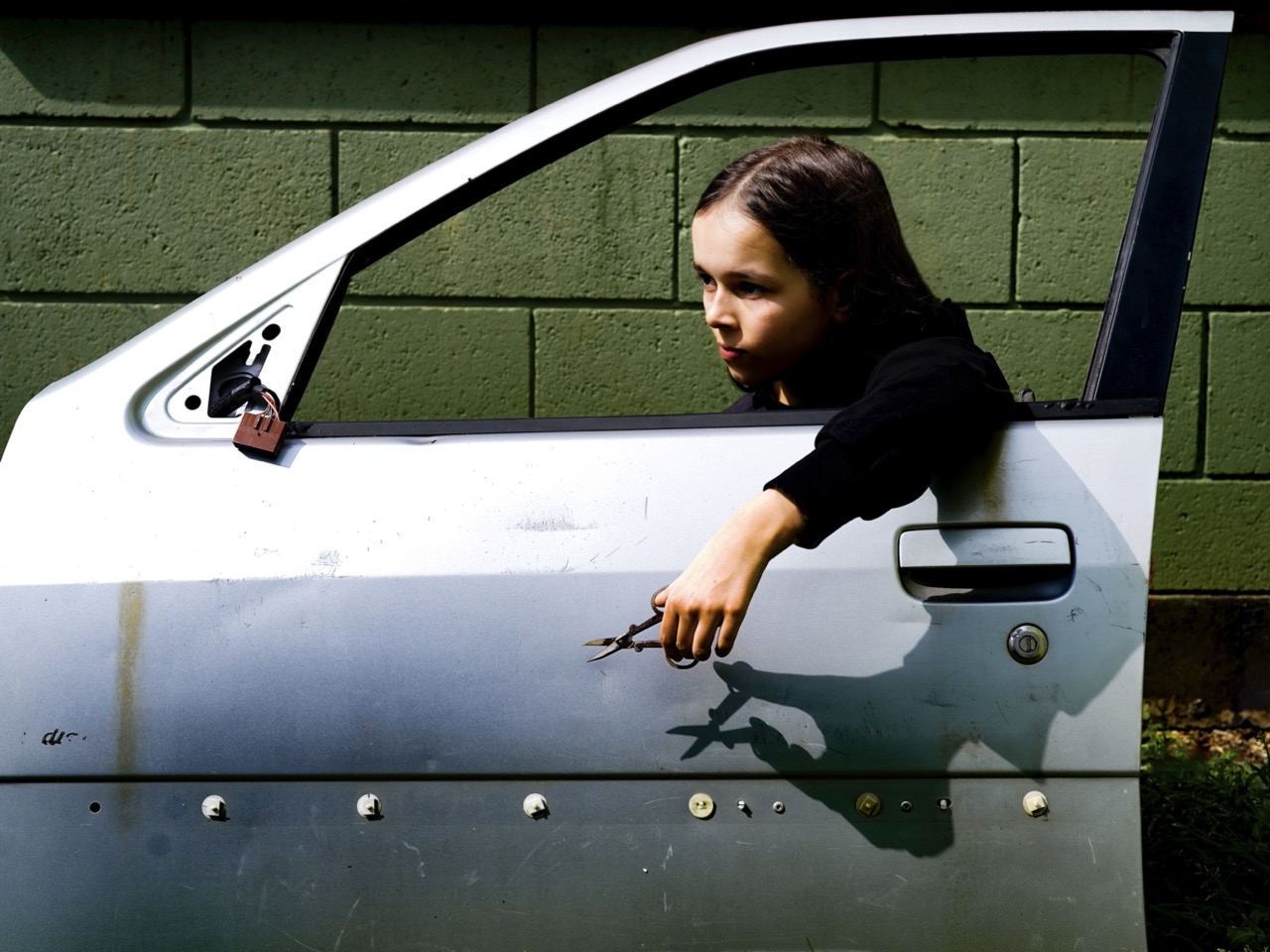
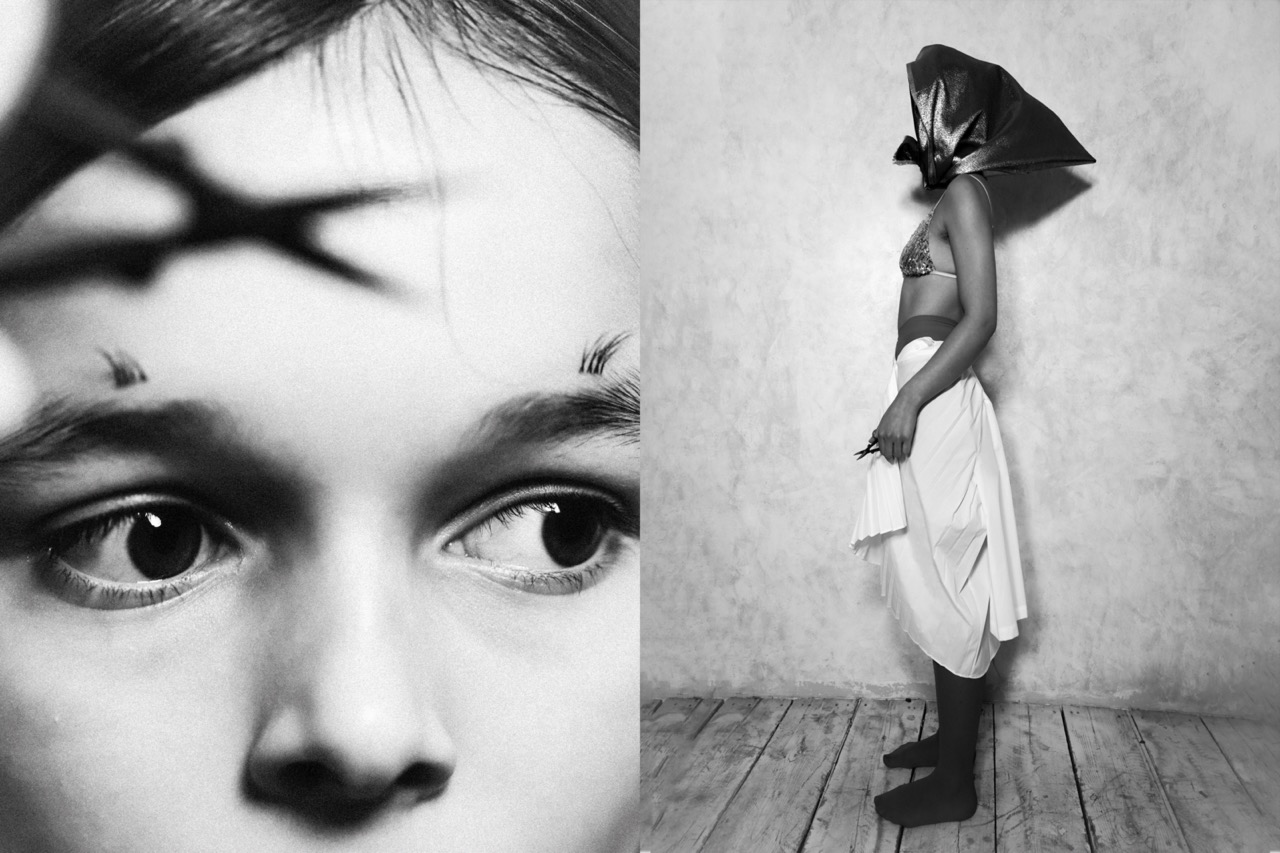

Felice Ito
What’s the name of your photography series?
Act Without Words.
What was the initial concept?
I have always been drawn to the idea of capturing fictional narratives in real-life locations. This artistic style stems from my upbringing, characterised by constant relocations as a child – between the States, Canada, Japan and the UK – and a desire to find a sense of belonging. By incorporating displaced objects, I knew I wanted to invite the audience to make their own narratives, fostering a personal connection.
Tell us more…
The series is an exploration of the French mime play, Act Without Words, by Samuel Beckett. It aims to capture the essence of the play by focusing on the behaviourism of people interacting with mundane objects that were included in the performance. The sequence is curated to create a visual narrative; a progression of simple to complex interactions. The juxtaposition of the familiar and unfamiliar creates intrigue, sparking contemplation and exploration of individual interpretations. The biggest challenge encountered was maintaining a sense of timelessness as the central theme.
What’s next for you?
Finding my niche is an ongoing process, but I definitely want to continue making images.



